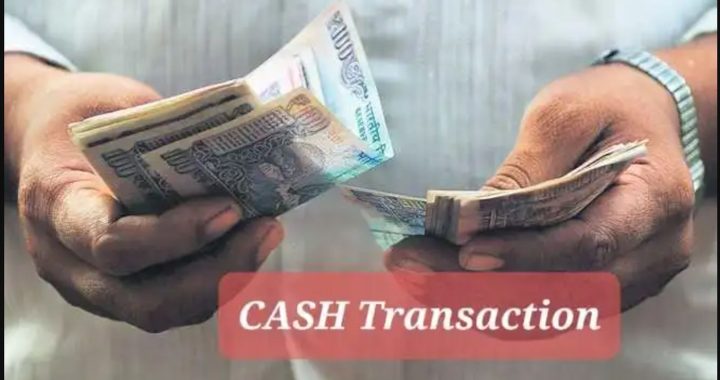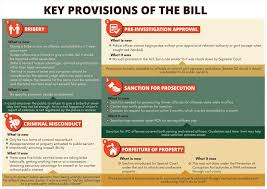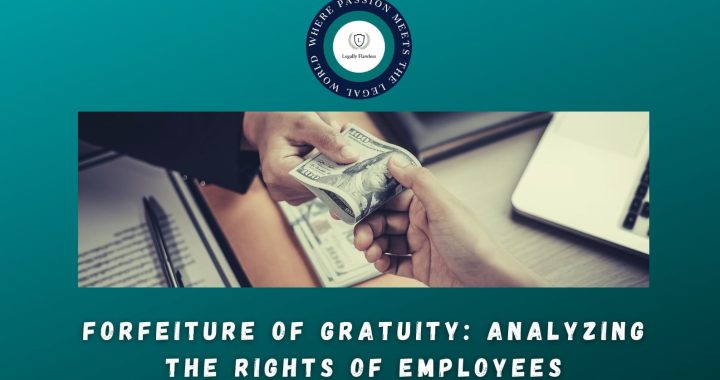Overview of the Various Restrictions and Analysis of Section 269ST of Income Tax Act

Analysis of Section 269ST of Income Tax Act - Restrictions imposed by it on Cash Dealings
The Finance Bill, 2017 has something new to propose and to insert a new section 269ST in the Indian IT Act, 1961 w.e.f 1st April 2017. Restrictions in the section 269ST aims to limit the cash transactions for achieving the Government mission to make India a cashless economy and to reduce the circulation of black money. Lets have a look on Analysis of Section 269ST of Income Tax Act, 1961.
Analysis of Section 269ST of Income Tax Act- Restrictions on Cash Payments imposed by it
As per the section 269ST, A person cannot receive any amount exceeding three lakh rupees or above-
(a) The aggregate of the amount from a person in a day; or
(b) In respect of an individual transaction; or
(c) Transactions in respect to one occasion or event from a person, otherwise than by a cheque (account payee cheque) or demand bank draft or via electronic clearing system through a bank account.
Exclusions under Section 269ST
However, this section will not be applicable on
(i) any cash receipt by— (a) Banking Company (b) Government; (c) post office savings bank or co-operative bank;
(ii) Transactions referred in section 269SS;
(iii) Such persons or classes of persons or money receipts notified by the government in the Official Gazette.
Penalty for Contravening Provisions of Section 269ST
The Finance Act also proposed to introduce a new section 271DA to levy penalty for the contravention of the above provisions.

The restriction of the section 269ST is only on money receipt not on receipt of anything in kind:
Under this section the restriction is only on receipt, it does not restrict receipt of anything in kind. The logic behind this transaction is to put a restriction on cash transactions and to trace the black money, as the black money is usually transacted in cash and the unaccounted wealth is stored and mainly used in cash form. The Government in order to achieve its mission of cashless economy and to reduce circulation and generation of black money has inserted the section 269ST.
The restriction is the recipient of the money and not on the person paying the money:
The restriction of section 269ST puts bar only on money receipt and not on payment of money. Consequently, the penalty under section 271DA i.e. penalty on violation of the provisions of the section 269ST shall be a levy on the recipient of money and not on the person who is paying the money. The restriction specified under the provisions of the section 269ST is applicable on all the entities (apart from those which have been specifically exempted).
The restriction u/s 269ST is only when the amount received is 3 lakhs or above:
The provisions of the section of 269ST cannot be invoked when the receipt of money is less than 3 lakhs rupees. This section can be invoked only when the receipt is Rs. 3 lakhs or more. The limit specified under this section can be seen in different ways like per day, per transaction, for occasion/event etc.
(a) The aggregate of the amount from a person in a day; or
(b) In respect of an individual transaction; or
(c) Transactions in respect to one occasion or event from a person, otherwise than by a cheque (account payee cheque) or demand bank draft or via electronic clearing system through a bank account.
Restriction specified on the section 269ST is not applicable on receipt of money for the sale of own agricultural produce from the own agricultural activity:
The provisions mentioned in the clause 83 of notes on clauses to Finance Bill, that section 269ST will not be applicable on the receipt of money by way of sale of agricultural produce by any HUF or an individual, as the same would constitute agricultural income on their hands. But, the same hasn’t appeared in the Section 269ST itself. However, it seems that it might have been omitted from the section 269ST due to some error or mistake, which will be included later on.
Restriction u/s 269ST where the transaction is done jointly with two or more entities:
Where there is a joint transaction with several entities, then the limit specified under 269ST will be a consolidated in respect of all the parties to that single transaction. There will be no separate limits available to each payee in respect of a single transaction.
Practically steps that can be followed:
- Firstly, before receiving any amount, one has to consider that whether it is a single transaction or multiple transactions. If multiple transactions are involved either related to the single transaction or not then the amount in respect of all the transaction from all the persons should not be received in cash etc. on or above the consolidated limit specified.
- Furthermore, the limit specified for per person per day should also be followed. If the persons are not related then the limit specified for a single transaction along with per person per day should be followed.
- If there is only single transaction then also the limit for a transaction as well as of per day per entity should be followed.
Also Read- Be Careful about Following transactions are quickly traceable through PAN


 ITAT Amritsar: No Section 269SS Violation for One-Time Cash Payment Before Sub-Registrar
ITAT Amritsar: No Section 269SS Violation for One-Time Cash Payment Before Sub-Registrar  Tax Officials Unleash Digital Dragnet: How New Raid Powers Redefine Privacy, Property Rights in India and likely to Fuel Corruption
Tax Officials Unleash Digital Dragnet: How New Raid Powers Redefine Privacy, Property Rights in India and likely to Fuel Corruption  Income Tax Department Rewards for Reporting Tax Evasion: A Comprehensive Guide
Income Tax Department Rewards for Reporting Tax Evasion: A Comprehensive Guide  Forfeiture of Gratuity by Employer- What are the Remedies for an employee- Can employer be challenged?
Forfeiture of Gratuity by Employer- What are the Remedies for an employee- Can employer be challenged?  Employer can forfeit gratuity of an employee in case of moral turpitude
Employer can forfeit gratuity of an employee in case of moral turpitude  Diving Deeper: The Impact of the New Tax Bill on Dairy and Farming Income
Diving Deeper: The Impact of the New Tax Bill on Dairy and Farming Income